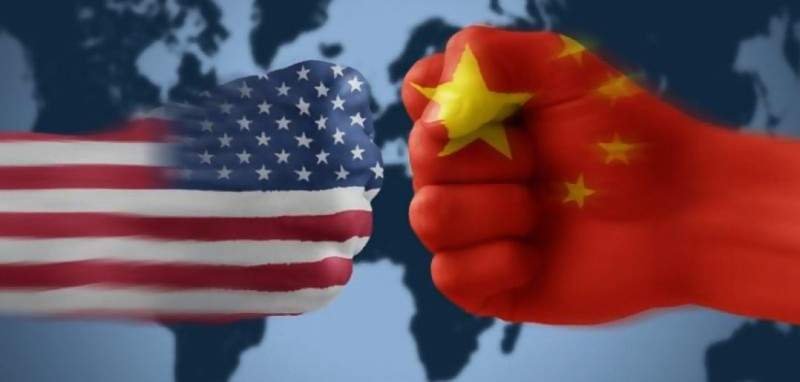Tariffs Between US and China – Top trade negotiators from the United States and China spoke by phone on Friday and vowed to continue to support the phase one trade deal, Chinese state media reported, in their first contact since the agreement was signed in January.
On the call, China’s Vice-Premier Liu He, US Treasury Secretary Steven Mnuchin and US Trade Representative Robert Lighthizer “vowed to implement their trade deal and boost cooperation on public health”, the official Xinhua News Agency reported.
The officials said they would “create favourable conditions to implement the phase one trade deal”, at a time when superpower tensions have been running high over the handling of the coronavirus pandemic.
Read More : Gold Market Report – Gold Prices Struggle Between $1680—$1730
In a statement posted to its website, the Office of the US Trade Representative (USTR) added that “both sides agreed that good progress is being made on creating the governmental infrastructures necessary to make the agreement a success.”
“They also agreed that in spite of the current global health emergency, both countries fully expect to meet their obligations under the agreement in a timely manner. Meetings required by the agreement have been conducted via conference call and will continue on a regular basis,” the statement added.
Earlier this week, US President Donald Trump threatened to tear up the phase one deal should China not stick to the terms, including purchasing US$200 billion in US goods, on top of 2017’s import levels.
Speaking in a town hall hosted by Fox News, Trump said: “If they do not buy, we’ll terminate the deal. Very simple.”
A Chinese government adviser, who preferred not to be named given the sensitivity of the topic, suggested that the fact that “the dialogue has now gone straight to ministerial level may indicate the problem is quite severe”.
“We hope the talks can solve some problems, or at least both sides can make their problems clear and show more understanding to each other,” they said. “But if the US just wants to confront China, it will be hard to address [the issues].”
Trade data released this week showed that China is far from meeting its import targets, with the pandemic having severely disrupted supply chains on both sides.
Trump had earlier threatened to place more tariffs on China should it fail to live up to its side of the bargain, with analysts suggesting that this sort of pointed rhetoric will escalate in the run up to November’s presidential election, particularly as the pain of the coronavirus continues to bite the US economy.
“The White House will evaluate every major policy decision through the lens of whether it is an asset or liability for the president’s re-election,” said Steve Olson, senior fellow at the Hinrich Foundation, a pro-trade think tank, and former USTR trade negotiator.
“Recent polling in the US indicates that mistrust of China is at record levels as a result of its handling of the virus. Combined with China’s anticipated inability to meet its purchase commitments under the phase one trade deal, ‘cozying up’ to China is likely to now be seen as a political liability, and could result in the US administration veering towards a more confrontational approach.”
Viewed through this lens, the call could be seen as an effort by China to stem the deterioration in the relationship, which has crumbled over the course of the coronavirus outbreak.
Both sides have engaged in a high stakes blame game on the origins of and handling of Covid-19, and while during talks in 2018 and 2019, negotiators were determined to keep political and commercial matters strictly separate, things are now threatening to boil over.
“China for sure is trying to avoid an escalation in the trade war, tech war or financial war,” said Jian Chang, chief China economist at Barclays in Hong Kong. “If China can get word from the US that the worst will not happen, China can reassure the US that it remains committed to the promised purchases. On the other hand, the US needs to jump start its economy, and it needs to push China to do more despite the difficulties.”
China has made multiple steps since January to open its markets to US products, including lifting bans on some pet food products, chipping potatoes, infant formula, poultry and beef products. It has rolled back some tariffs and opened up a tariff exclusion process, while it also resumed buying US pork, sorghum, corn and soybeans in February.
